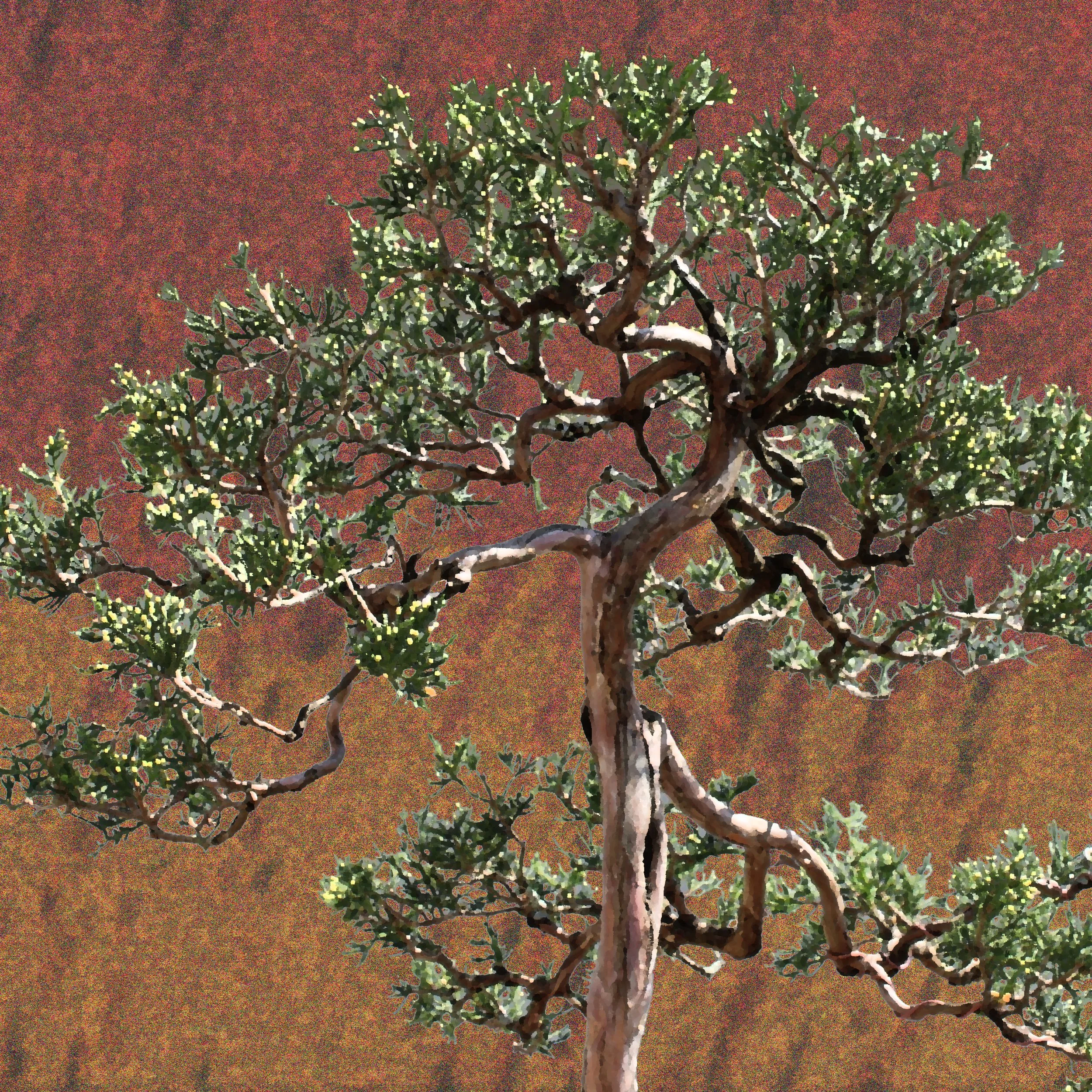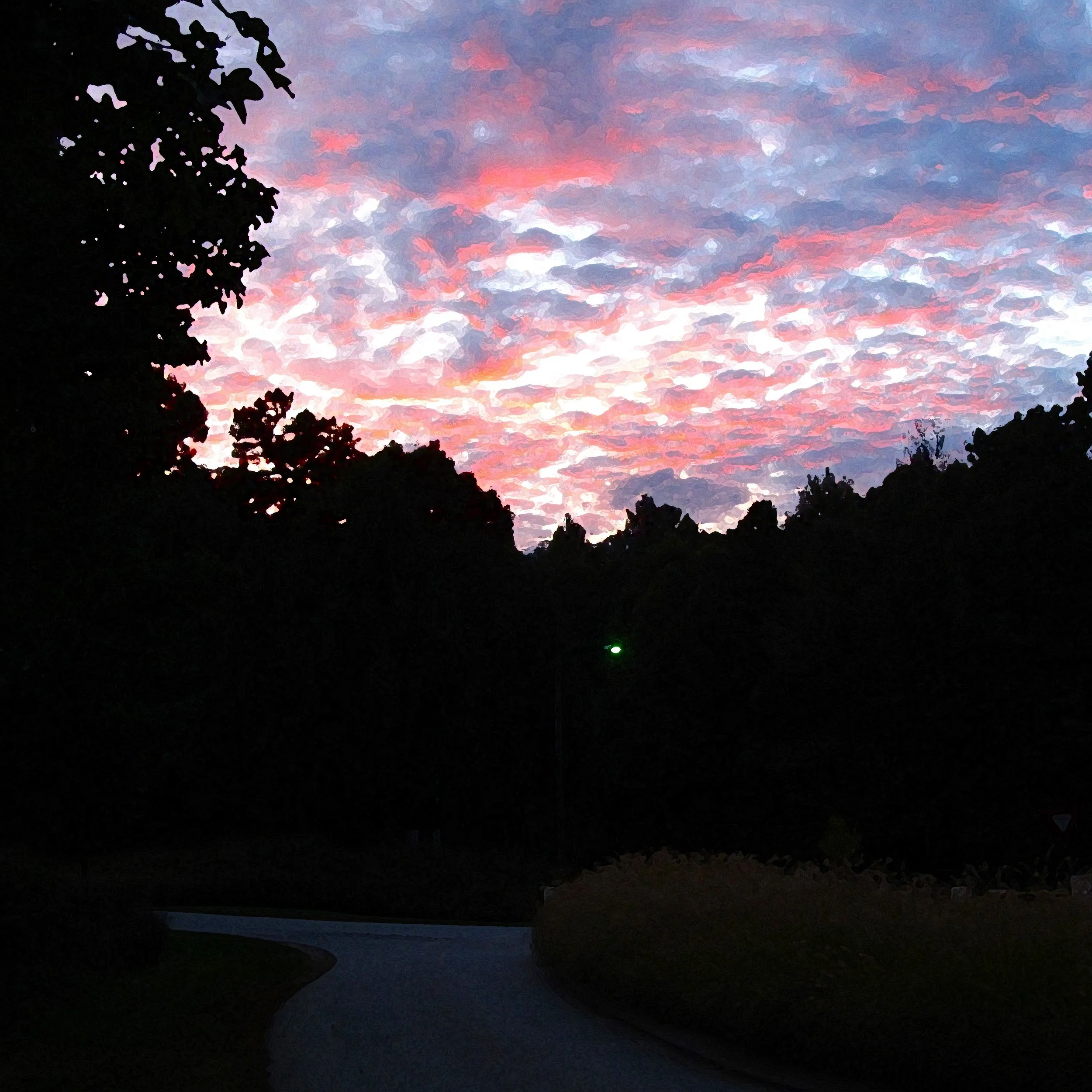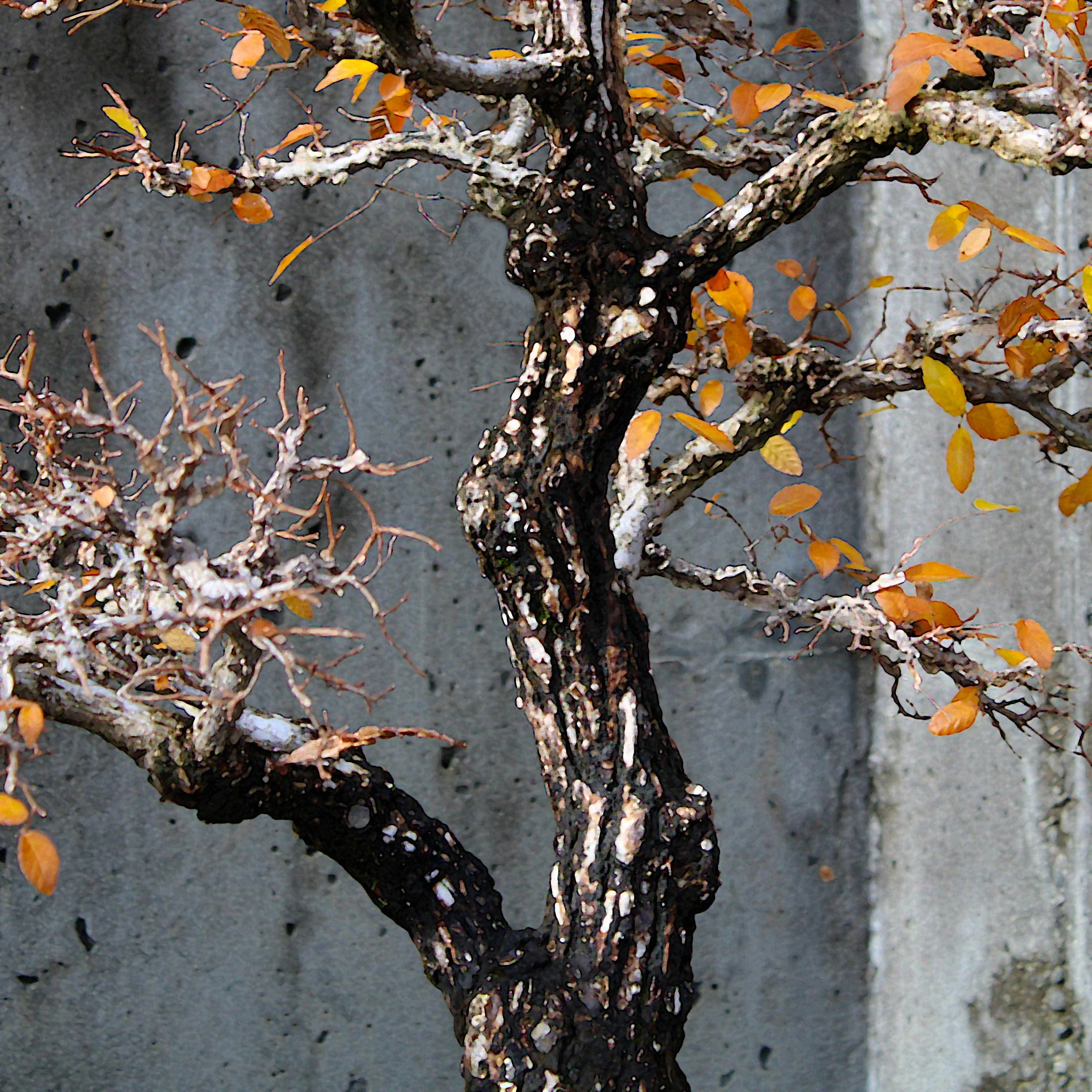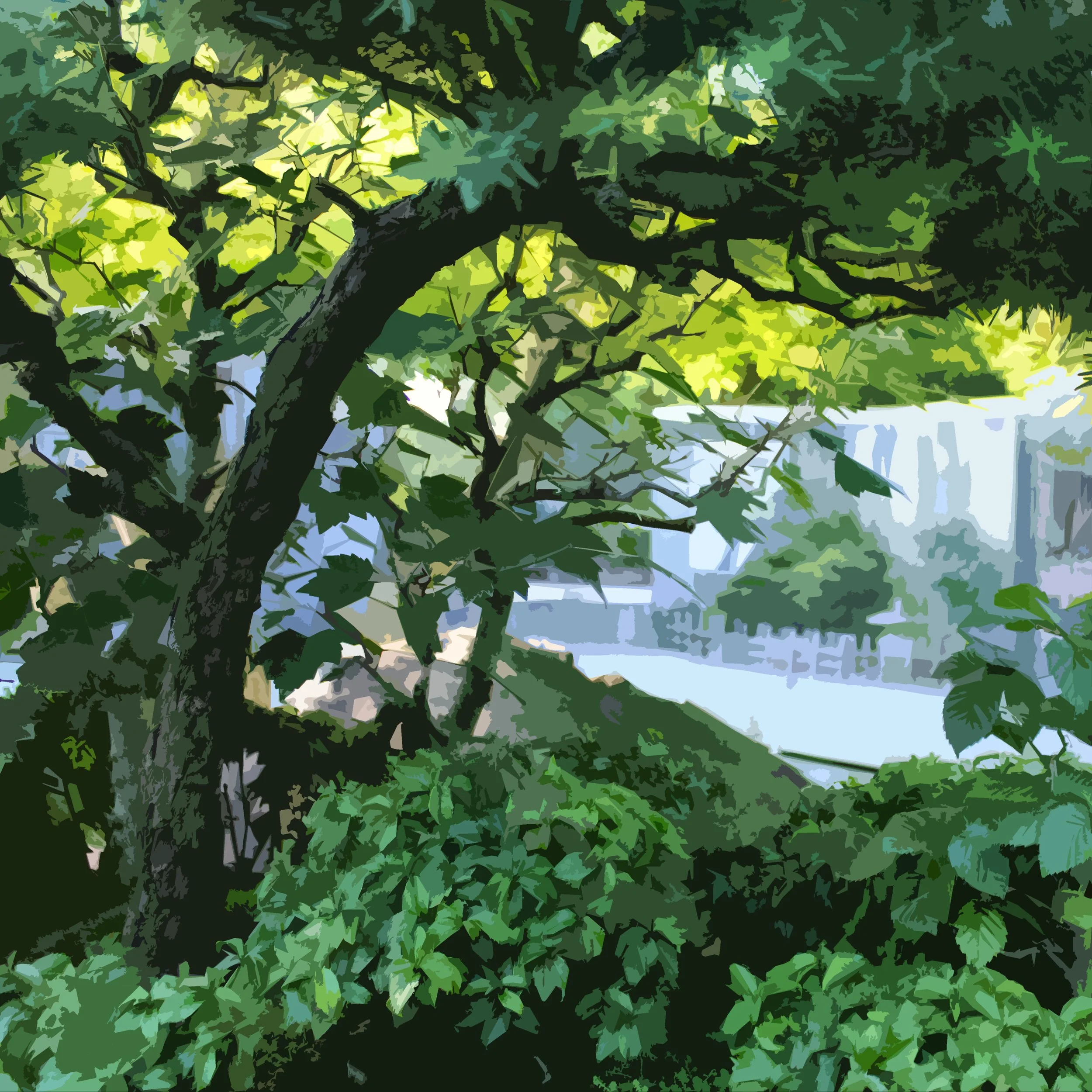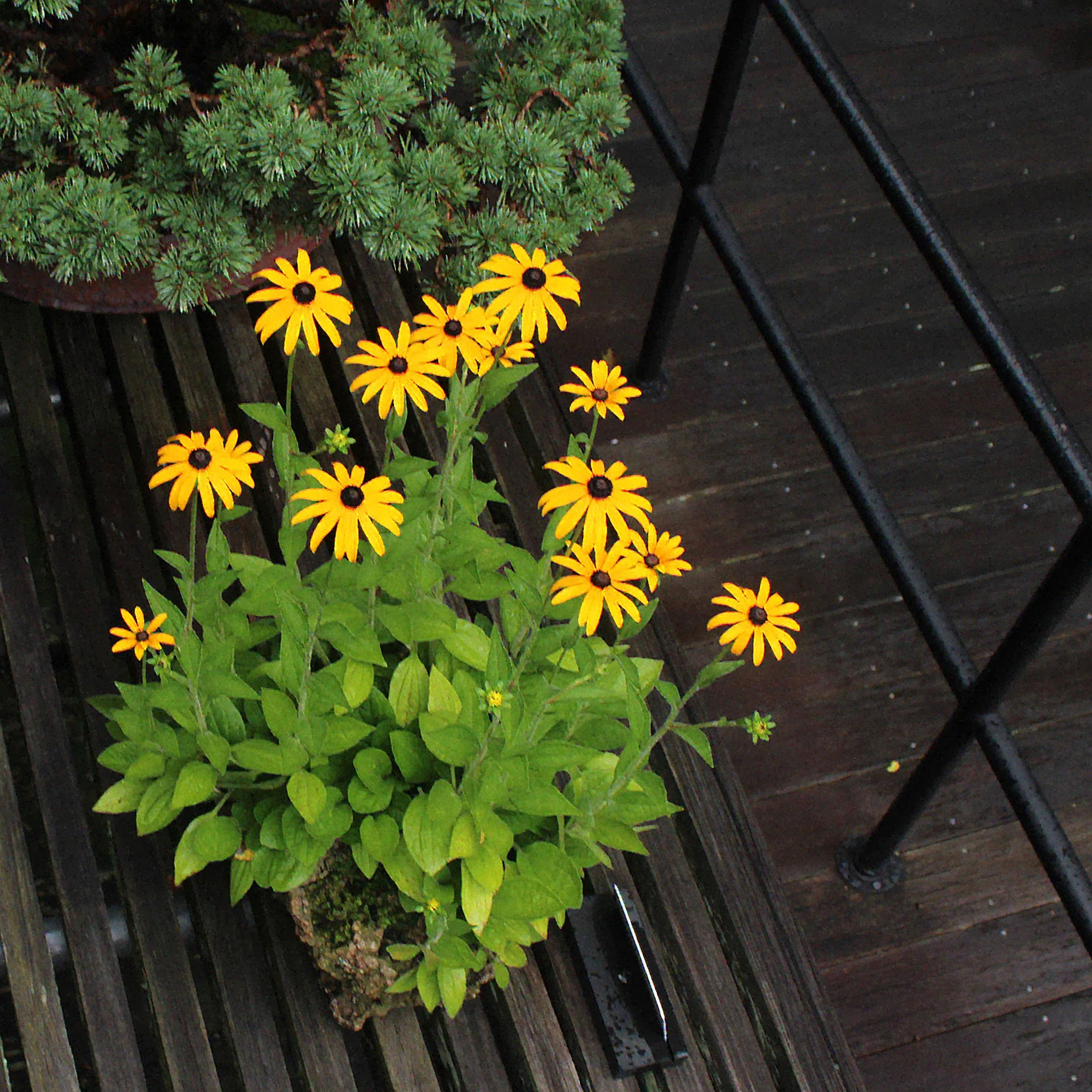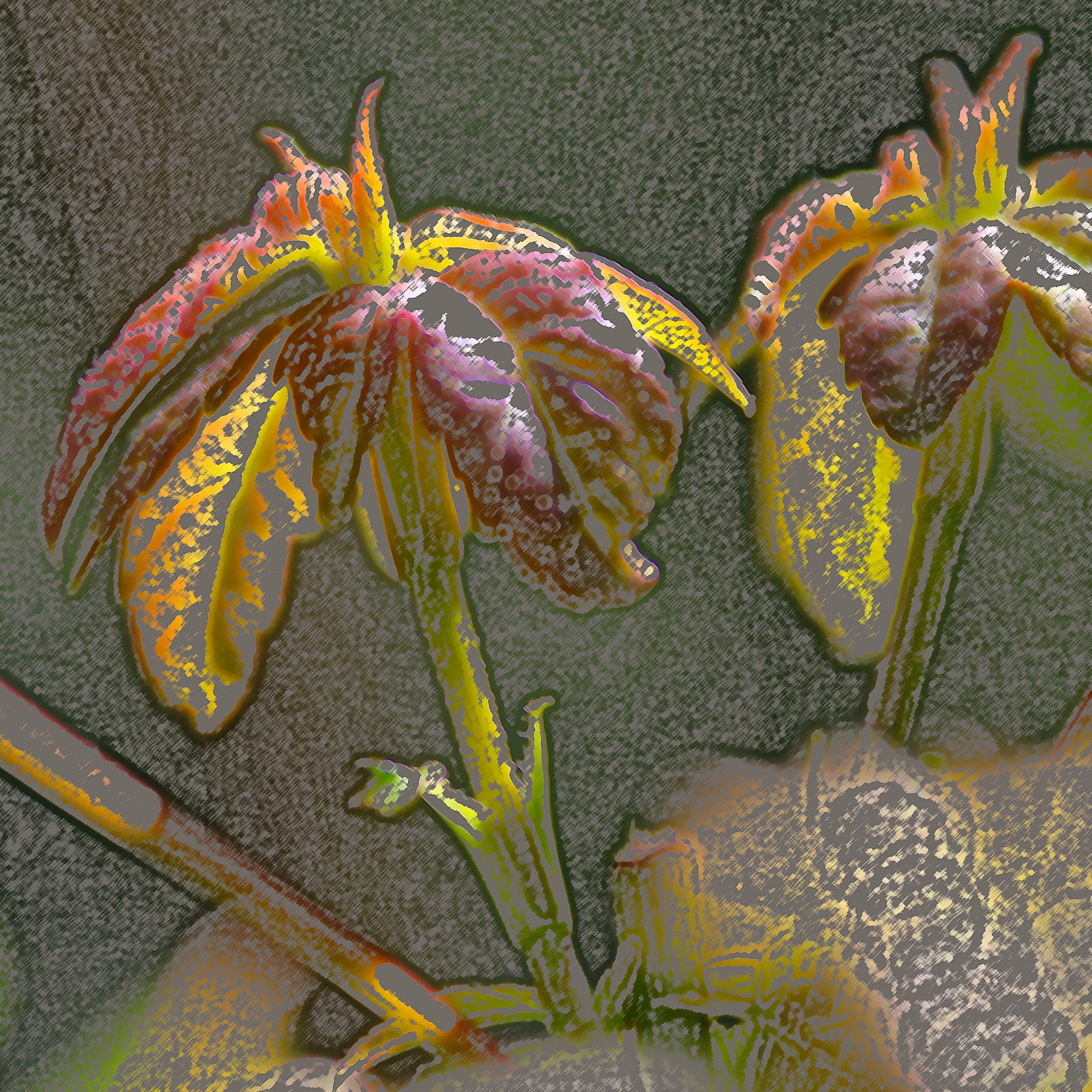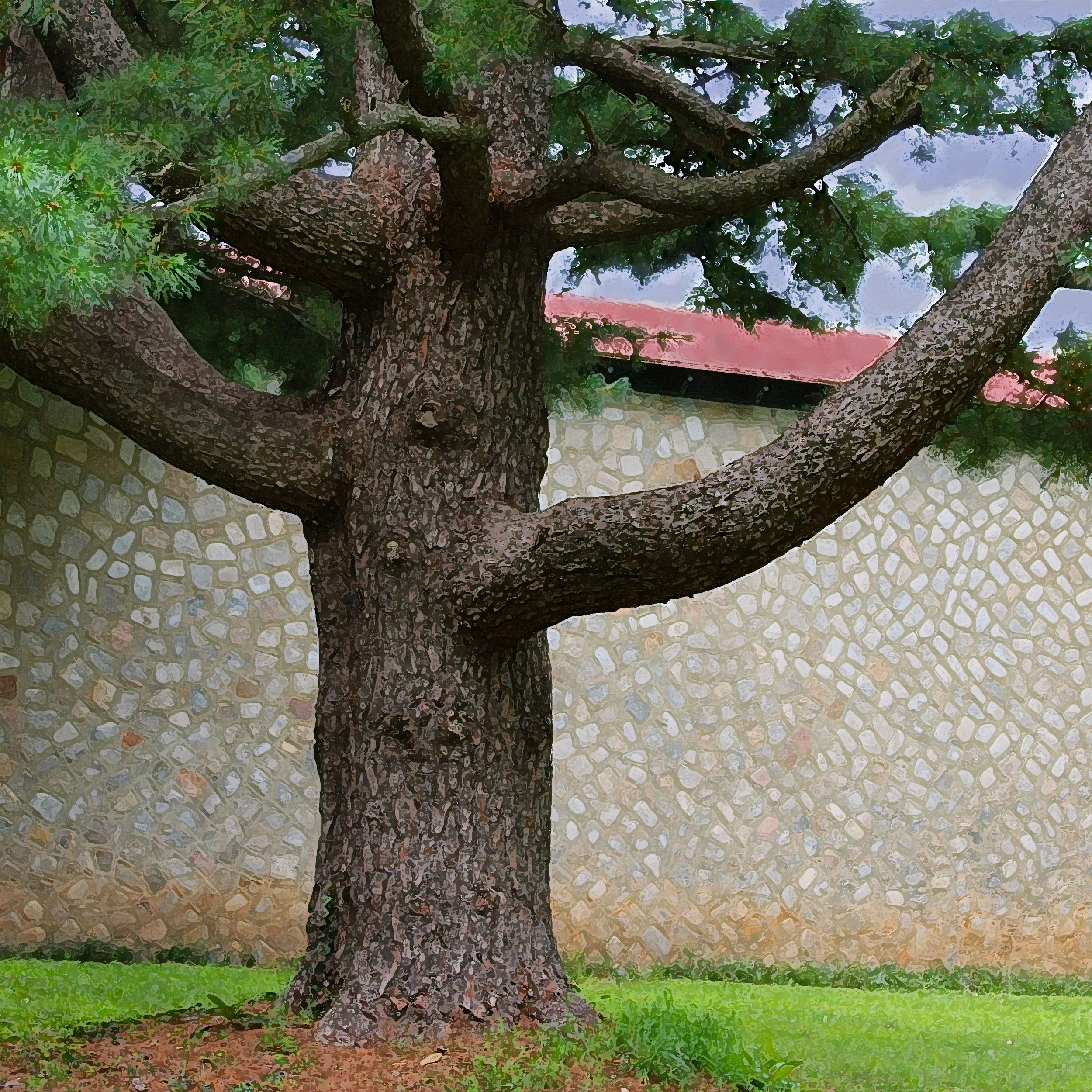Right from the beginning, the redcedar that came to be called Crazy Horse was thought the better of the two, its claim to superiority based on having a fantastic display of deadwood in its trunk. The other redcedar also had an old trunk with deadwood, yet it lacked the extravagant flair of its counterpart. The trunk of this lesser tree was long, thin and scraggly in appearance.
Read MoreThere was also a noticeable degree of creep taking place in the top of the tree. “Creep” is the term I use for changes naturally occurring in small increments over an extended period of time that aren’t initially recognized. Then one day you see plainly that things have changed and wonder how long it’s been going that way.
Read MoreAs the bonsai collection began to gradually increase and improve, it attracted ever more attention from the public. Before long, when visitors wandered through the Support Facility workspace, they would find me or one of the bonsai volunteers working on little trees and this activity always pulled people in. The volunteers and I would energetically engage the visitors, talking up the bonsai program and eagerly answering the many questions people had.
Read MoreMemes are units of cultural information that are spread by imitation. In this way of thinking, language, writing, reading, art, music, dance, sports and exercise are all memes, as are literally countless other human activities not having to do with biological survival. Eating is not a meme, but farming, cooking and using utensils all are. If it has to do with culture, not biology, it's made of memes.
Read MoreKathy knew what to do. She selected two parts of the elm that looked promising and proceeded to air-layer them. One of the two air-layers was successful and Kathy then severed it from the parent tree and planted it in its own pot. She then began to style this new tree to give it a pleasing bonsai shape.
Read MoreTray landscapes give the viewer a helping hand by providing a little more information. The inclusion of multiple trees, shrubs, stones, and other components creates a more fully described image. This makes it easier for the viewer to do what they are supposed to do when contemplating any bonsai, which is to shrink themselves down to the correct size and step into the picture.
Read MoreI thought the game was over, but the tree didn’t. All the other parts of the oak were still good, still growing, still strong. That tree still wanted to live and I wasn’t going to be the one to tell it otherwise.
Read MoreBy intention, the bonsai garden is a place where reality is meant to be set aside for a short time. The garden creates an environment conducive to magic. The magic is not inherent in the garden, but is brought in there by the visitors who enter. The visitors walk in carrying with them their own unique set of experiences and, hopefully, their imaginations.
Read MoreThat which is thought to be optimal is often enough at odds with reality. We might have a plan that anticipates a certain course of events, but that can never be anything more than a starting point, after which things go the way they go due to circumstance. Mitigating factors in the world of bonsai growth and development include, but are not limited to: Weather conditions, incidence of disease and pest damage, accidents, mistakes, poor timing and availability of labor.
Read MoreNaturalistic bonsai requires the study of trees in nature, with an eye toward truly seeing what trees do and understanding why they do it. That is the big attraction for me in coming to a place like Maymont. Here there are genuinely old trees of different species, growing out in the open where they can fully express themselves while being viewable from all angles, near and far.
Read MoreWe were new and there were many ideas about what The North Carolina Arboretum should be, and these were coming in all the time from various corners of special interest. The Arboretum wouldn't be able to satisfy all of them and we were apparently not in a rush to fully commit to any of them.
Read MoreThe North Carolina Arboretum’s bonsai enterprise began with a donation of little trees in 1992. Visitors, when they hear this story, often ask how many of those original trees remain in the collection. As usual when a question arises regarding numbers, I’m obliged to truthfully respond that I don’t know.
Read MoreOn the surface of it, there’s not much connecting crapemyrtle (Lagerstroemia indica) and Scots pine (Pinus sylvestris) beyond the fact that both are woody plant species. Crapemyrtle is a deciduous tree originally from southern parts of Asia and Australia, while Scots pine is a coniferous evergreen native to mostly northern Europe. The two subjects of this entry, however, share several points of commonality.
Read MoreNature is where we began. As an element within nature, humans were one species among many, one link in the food chain, sometimes the eaters and sometimes the eaten.
Read More